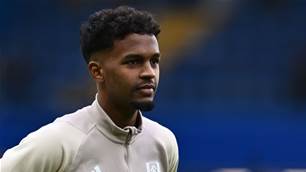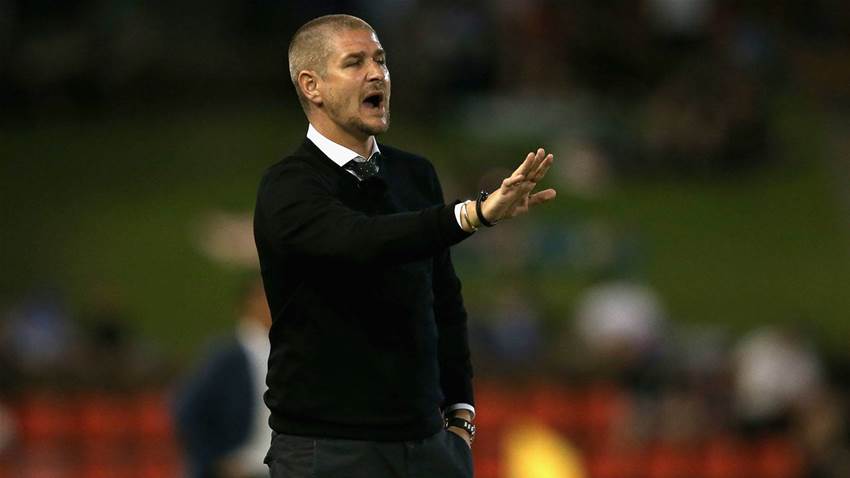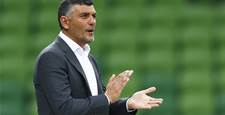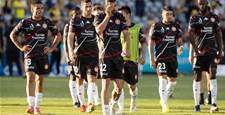Carl Robinson has opened up about his plan to improve the Newcastle Jets, his coaching philosophy and his experiences in the A-League.
Robinson switched the Jets formation from a 4-2-3-1 to a 3-4-1-2, brought in new players like Bernie Ibini, Roy O-Donovan and Joe Ledley, and slightly modified training. The results have been evident.
"I shortened the sessions and shortened the periodization within the training," he explained.
"So we trained for short, sharp bursts rather than longer periods. Training was intense but it was to get them a little bit sharper, and then fitter, but without getting away from their strengths.
"You’ve got to tackle in training, you have to win duels in training. I just had to reset them again. It wasn’t rip up the page… just made some tactical tweaks and install the confidence I have in them.
"[Also] I tried to get Dimi more touches on the ball. I said I’ll give you the freedom to roam, but I require this when we don’t have the ball, and to be in this position to receive the ball when we have it. And he got it straight away.
"I haven’t travelled over from the other side of the world to lose – I want to win. They’ve responded brilliantly."
Since the A-League shutdown Robinson has been in Canada with his wife and two children.
Before joining the Jets the Brit had spent 11 years in North America – three as a player with Toronto FC, one with New York Red Bulls, then two as an assistant coach with Vancouver Whitecaps FC and nearly five as Vancouver head coach.
At the Whitecaps Robinson took a fledgling club to second and third place conference finishes in the 2015 and 2017 seasons, reaching the semi-finals both years, as a well as claiming a Canadian championship and getting to a semi-final place in the CONCACAF Champions League.
He left his post there in September 2018 after five years.
Robinson agrees there are many similarities between the A-League and Major League Soccer, but he has impressed with Australian talent in the competition.
“In America it’s physical, strong, fast players because they’re very athletic,” he said.
“A lot of them come out of the college system. In Australia, in my short time I’ve been there, it seems more tactical, a little bit slower. The smaller type players are able to play a lot more based on the type and style of football.
"The understanding that some of my players had towards the game was phenomenal. I was very impressed with the knowledge that Australian players have. I was really, really surprised in relation to how warm they were to a manager.
"I’m a hands-on coach, I like to get on the field. It’s not a case of my assistants telling my players want to do – I’m telling my players want to do and they’re reaffirming my message. Some were slightly surprised at how hands-on I was.
“But the way I look at it is if I’m in charge the buck stops with me. I have to get my message across to them what I require, there are non-negotiables. If you want to play in my team you have to do this, and if you don’t you won’t.
“So there’s a line drawn there. And they’ve responded brilliantly, they really have. And I’m not surprised because the previous Aussies I’ve worked with and play against have been spot on.”
Related Articles
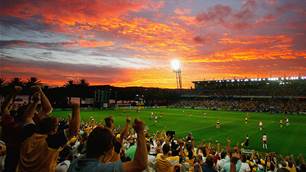
ALW striker Bolden jets out to follow European dream
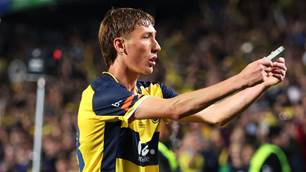
Socceroo-in-waiting seals Championship deal
